During my web development projects, I have always been fascinated by the different ways in which website sections can be designed and presented. That's why I often delve deeper into the details and analyze each element to come up with the best solution.
In particular, I enjoy exploring the use of different columns, grids, carousels, and other creative ways to present information. I pay attention to the balance between text and images, the use of whitespace, and the overall user experience. By experimenting with different layouts, I aim to find the optimal way to convey the message and engage the audience.
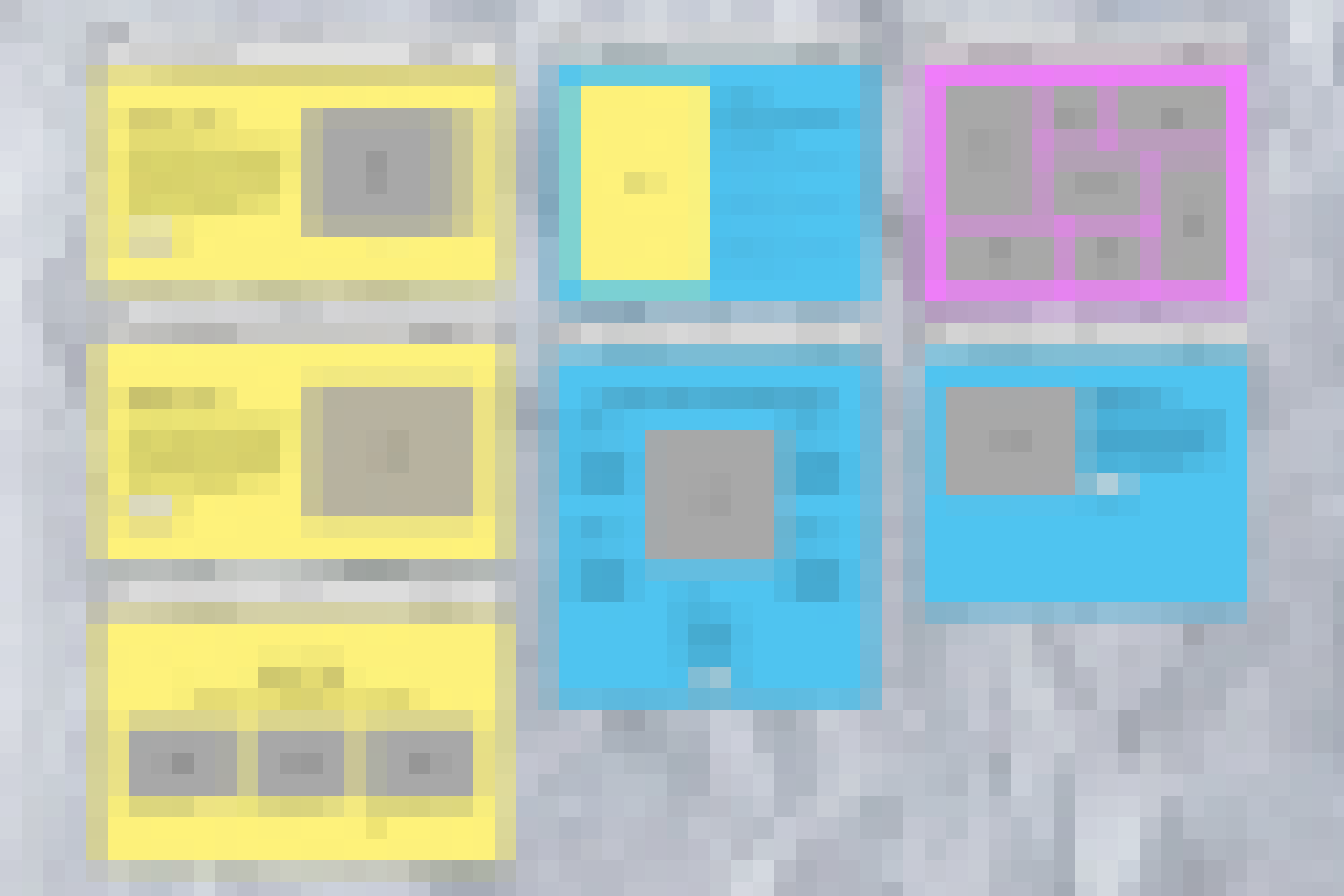
Xd mockup of differents layout which could be used in website sections
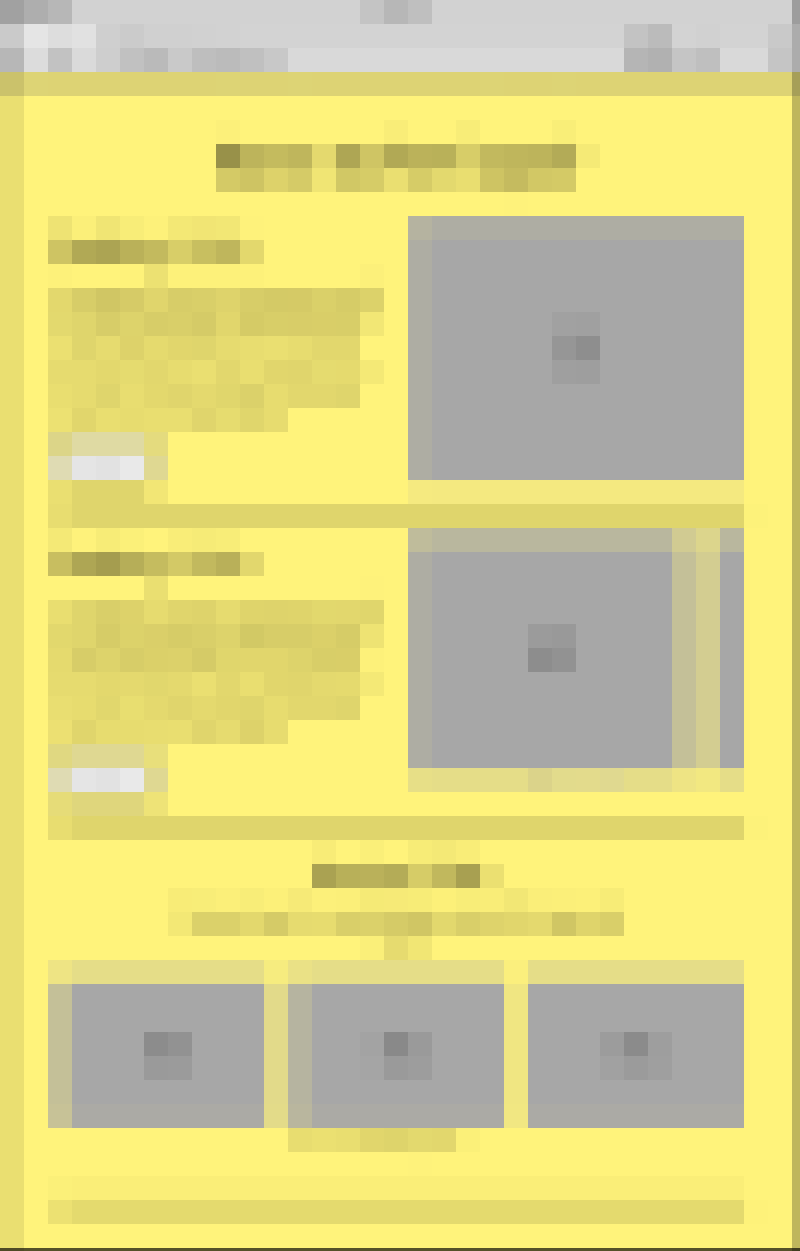
3 basic section which are commonly use in websites
Section layout is a useful tool for dividing the content of a website or application into visually appealing sections.
This simplifies navigation and allows for customized design and purpose, increasing user engagement and enhancing the overall user experience.
Modular sections can be created for reusability throughout the website.
A unique way to showcase sections is by changing images based on click or scroll events, enhancing the user experience and engagement.
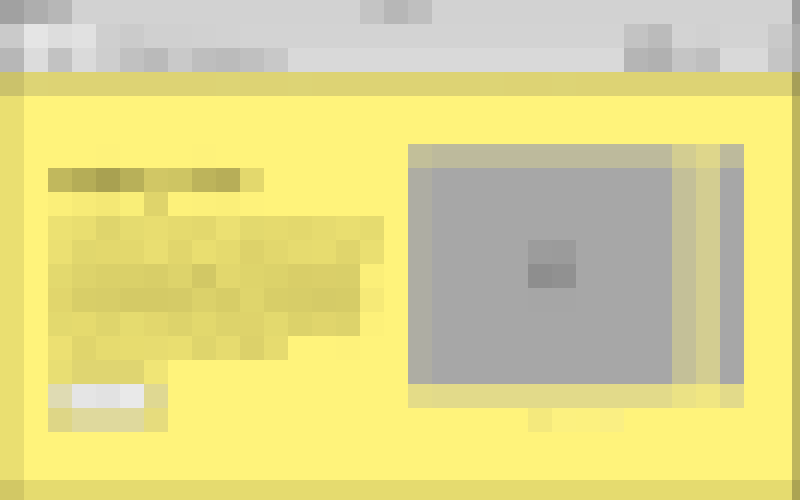
2 column layout: text + image carousel
A carousel is useful for presenting multiple pieces of content in a limited space and creating a dynamic user experience. It also helps to keep a website section organized and streamlined.
Sticky scroll on images means that the images will stay in place on the screen as you scroll down the page. This can be a useful way to create a more engaging and dynamic user experience.

3 column layout: text + image
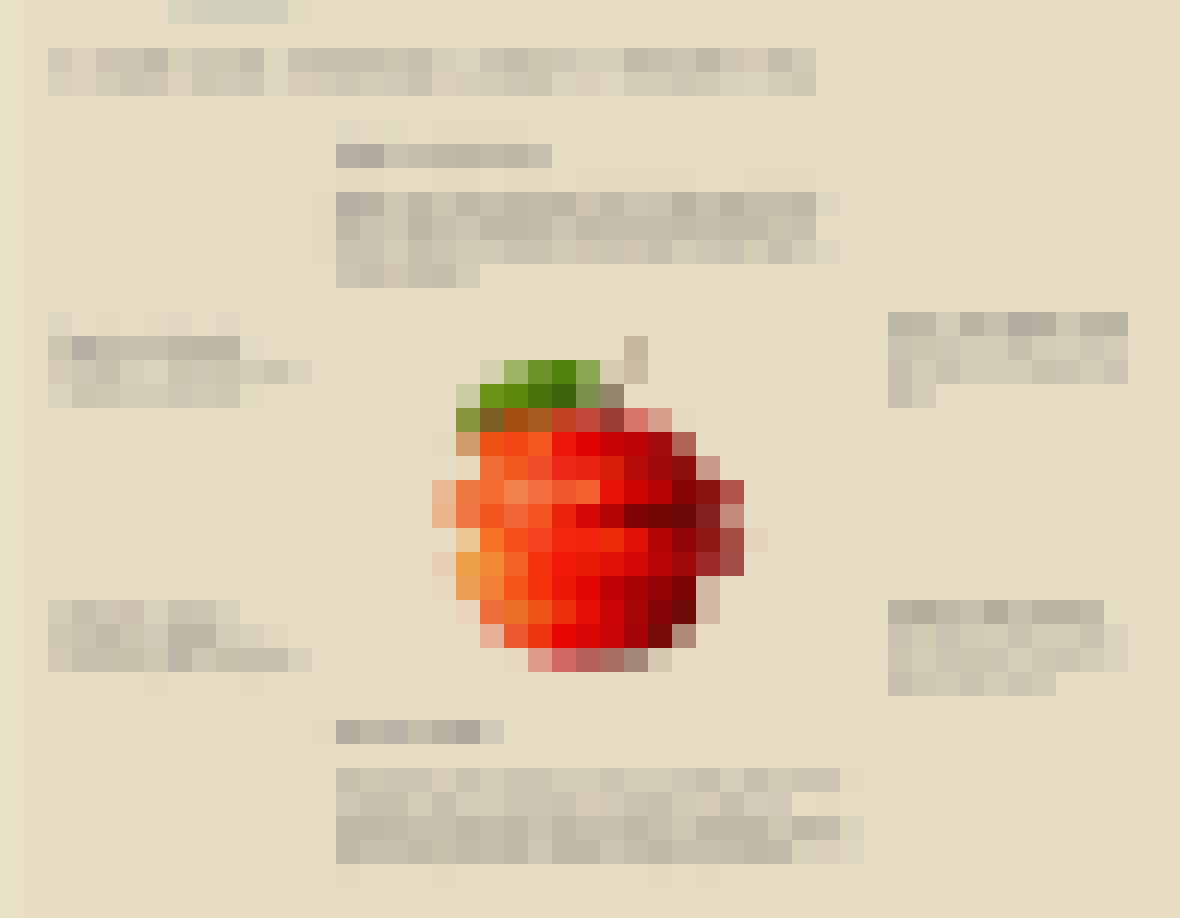
example of 3 column layout: text + image
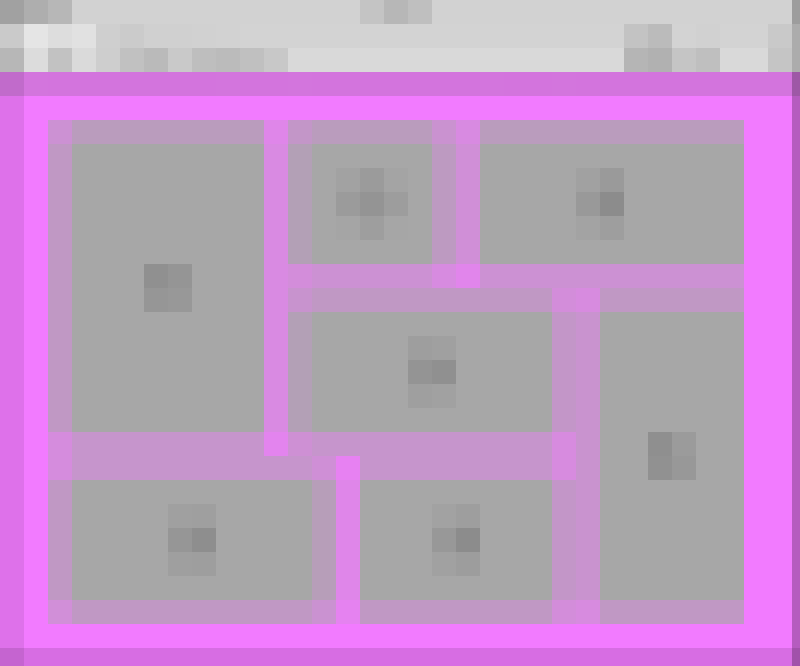
mockup of Masonry image layout
Advantages of using masonry image layout include an attractive and modern design, efficient use of space, and the ability to display images of different sizes and orientations without cropping. It also allows for flexible and responsive layouts that adapt to different screen sizes and resolutions, improving the overall user experience.


